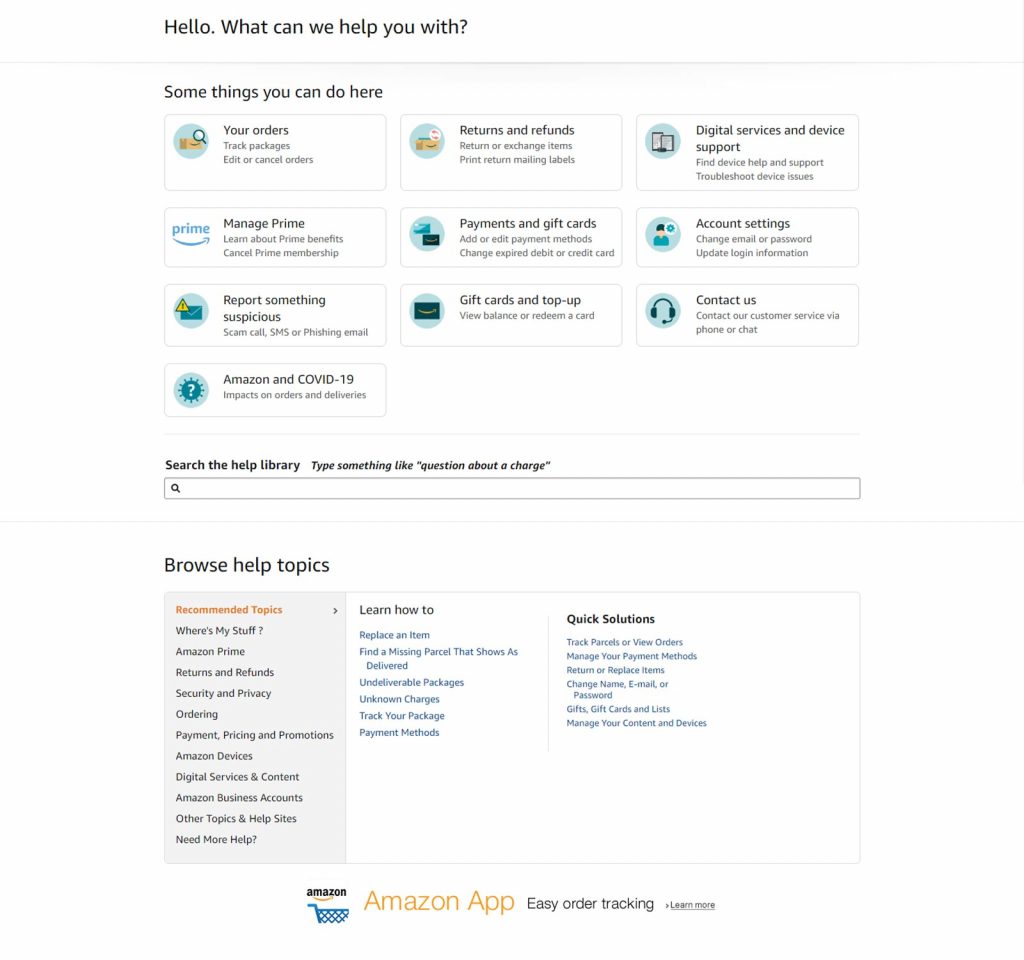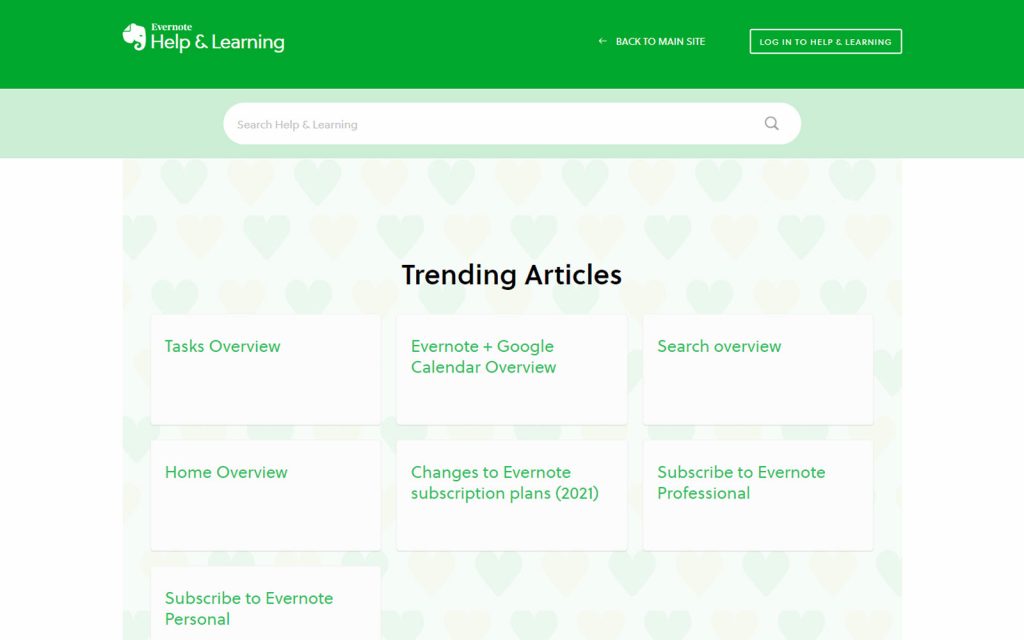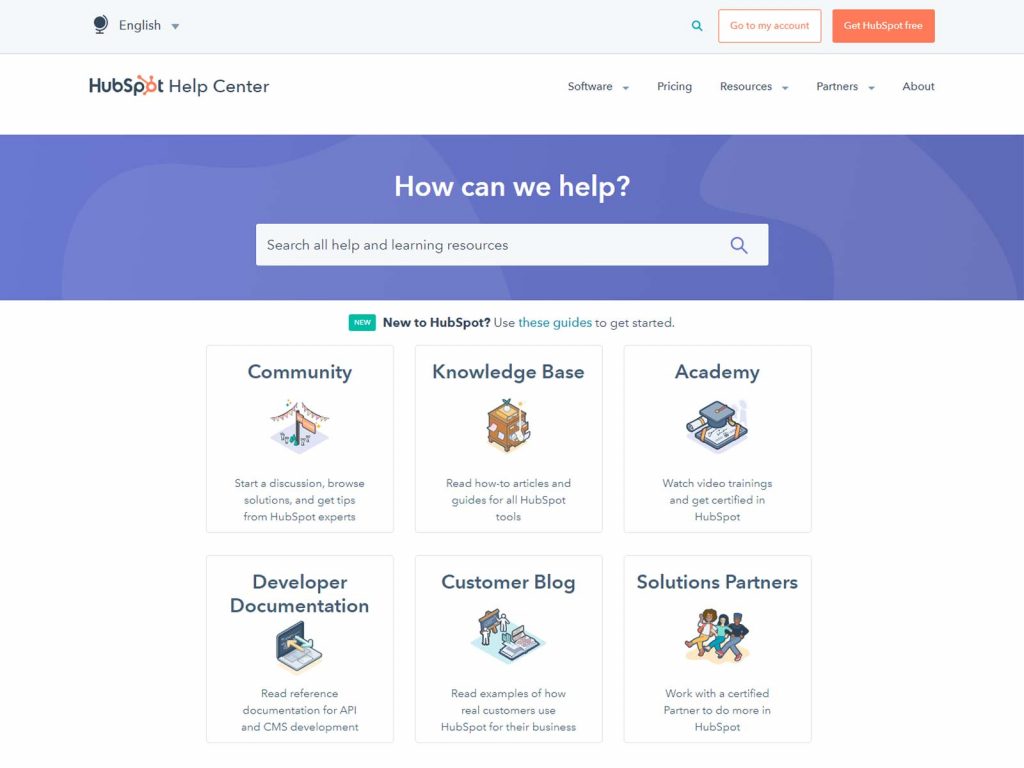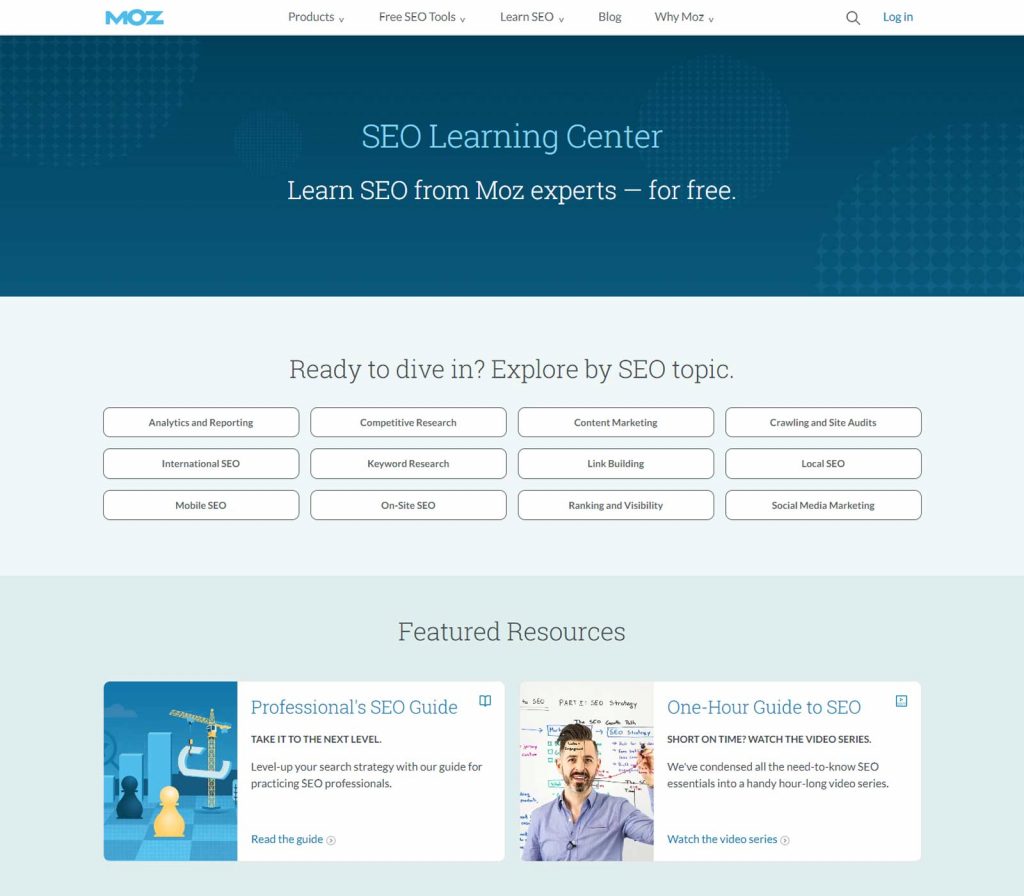Knowledge Management: 5 Of The Best Knowledge Base Examples
We’ve seen a shift in customer expectations in the last decade. Customers now want to solve their problems themselves, and they gravitate towards the companies who enable this by building a knowledge base (KB).
A knowledge base is a central hub for your help articles and marketing materials (like a FAQ section, a community forum, blog posts, videos, case studies, ebooks). All that adds up to a library of information about your product or services.
Finding ways to make institutional knowledge accessible can be a huge strategic advantage for any brand. It’s what customers want and reduces your customer support costs by 25% or more—win-win.
Even though customers are craving self-service options, your knowledge base is still a touch point for your brand, and the way users interact with your knowledge base reflects the service you provide. If navigating your KB is complicated and frustrating, users are going to feel frustrated with your brand.
The good news is we have lots of great knowledge bases to learn from. In this article, we’ll look at 5 of the best customer-facing knowledge base examples we’ve encountered. We’ll break down what makes them great and suggest what lessons you should take away from each.
1. Microsoft Excel
I’m sure a lot of confused Excel users have found themselves on the Microsoft Excel knowledge base in search of answers—it’s one of those programs that causes endless headaches for non-power users.
Thankfully for them, it’s a strong example of how to build a knowledge base.
They have clearly done their research and designed the layout to reflect the most common user concerns. The featured topics section is a quick route into the help articles that users are searching for most at that time.
Leaning into the theme of customer learning and education, they make their Excel training options prominent on the home page. After all, enabling users is only going to create more satisfied users.
They also give users a way to offer their feedback by giving them the chance to rate the quality of the article on a binary scale. Even with a large bank of articles, this gives them a quick way to measure effectiveness and optimise knowledge base articles as needed.
A nice touch is the search bar autofill. While having searches autofill doesn’t feel like a revolutionary addition, it drastically reduces the effort users have to put in. That’s the goal, right? To make it as frictionless as possible.
Lessons to learn from the Microsoft Excel Knowledge Base:
– Make the help articles readable and scannable.
– Link to related content in case users aren’t in the right place.
– Give users a way to give feedback.
– Understand deeply the needs of your users.
– Autofill searches for less friction
2. Amazon
You don’t grow into an enormous e-commerce empire without knowing how to please the people.
Amazon customer service succeeds partly because it has an incredibly detailed “Help Centre” (knowledge base) which lets you find your own solutions. Under the bonnet, there are thousands of articles, but the surface experience is easy-to-manage, visually appealing and continues Amazon’s shopping experience where users search by category.
A great knowledge base has to be well structured and put the right information where users can intuitively find it. It’s clear Amazon understands this and by grouping their content in an appropriate way, their deep content library becomes a lot more accessible.
Once you’re into an article, the content is broken into manageable, scannable steps, ensuring users get that swift, “prime” resolution.
It’s a great example of how to condense extensive amounts of information into a manageable and usable support channel. Would you expect anything less from the king of customer service?
Lessons to learn from the Amazon Knowledge Base:
– Continue with the user experience of the rest of your website.
– Break up instructions into simple steps.
– Offer related articles to ensure customers get value.
– Be thorough with your help articles.
– Group content in an intuitive way.
3. Evernote
Navigating an unfamiliar website can be daunting, but presenting your knowledge in a simple, beautiful manner can make your customers (and employees) lives easier. A complicated help center is only another barrier to finding answers, so remember: keep it simple.
For a brand like Evernote, this is doubly critical.
Evernote is all about being organised. That’s their marketing message, their selling point, their whole company ethos. Get the knowledge base wrong and it would corrode that value proposition.
Although this might put more pressure on them, they have done a great job crafting a simple, organised resource.
The search bar is prominent, the topics are split into clear categories and the most visited help articles are instantly visible.
What they do a little differently is offering additional help channels at all times. Yes, the point of having a knowledge base is to reduce support requests, but having users who can’t find the answer they need is even more frustrating. Especially when you’re stuck in a loop of help articles.
Lessons to learn from the Evernote Knowledge Base:
– Clearly mark how users can get additional help
– Prominent search bar
– Simple, clean design
– Intuitive category paths
– Easy route to most visited help articles
4. Hubspot
The HubSpot Knowledge Base exists for one purpose: “to serve and delight HubSpot customers”. They understand to get the most out of HubSpot (an extensive marketing and sales platform), users need to understand what features are available, and how to use them to their advantage.
Therefore, the HubSpot knowledge base isn’t there to just deal with any problems or questions users may have, it is there to educate, teach best practices and create successful HubSpot users.
What’s impressive about their knowledge base is the width and depth of the help articles. Virtually every feature and sub-feature on their platform has a help article to answer.
What’s even more impressive is the way HubSpot has integrated their knowledge base with other self-service channels and throughout the culture of their teams. Ask for help via a chatbot and you’ll likely get routed to the relevant help article. Likewise, if you talk to a rep, they’ll also search the knowledge base for answers and direct you to the relevant area.
Something important to consider if you are creating a knowledge base for a global business; your knowledge base content may vary slightly depending on the country or region customers are accessing it from.
Lessons to learn from HubSpot’s Knowledge Base:
– Prominent search bar
– Great width and depth of help articles
– Integrate with your other self-service channels
– Indoctrinate your team with the new processes
– Consider if different regions will change your KB
5. Moz
Moz’s knowledge base is a stellar example of how to leverage a knowledge base for maximum value. Not only is their knowledge base for reactive support, but like HubSpot they lean into proactive customer education as well.
They even refer to the knowledge base as a “Learning Center” so that shows you the mindset they are approaching this with.
This user consideration continues when you dive into each help article. As you would expect, the help articles are high quality, avoid bloat and are highly scannable. What makes them stand out is the consideration of different learning styles. Each article includes step-by-step text, images and videos.
There is something for everything, and it’s hard to imagine a user clicking away without getting the answer they need, in a format they prefer!
Lessons to learn from Moz’s knowledge base:
– Consider the value in educating customers further
– Don’t stop at reactive support, consider proactive user education
– Ensure each help article is high quality
– Provide answers in a variety of formats
Transform Your Self-service Strategy
Building a well-oiled knowledge base isn’t an easy process. It has to contain extensive information and yet instantly fill users with the confidence that they will be able to quickly find the information they are after. And then you have to deliver on that.
From the 5 examples above, you should now have a clear understanding of the different features, and which ones you should be looking to include in your knowledge base.
Here are a few additional pointers we recommend:
– Use GIFs for actions that are too short for video, but not illustrated well by a static image.
– End with related articles to help readers move to the next topic.
– Aways include the option to get human support.
– Incorporate callout sections to highlight important notes.
– Write short, easily searchable titles.
– Video walkthroughs are significantly more helpful for multi-step situations.
– Autofill search queries.
– Link to further information throughout articles to encourage further reading and learning.
– Trending topics on the homepage is a great way to help users find info on popular subjects. As well as for encouraging users to learn.
– Organise hierarchically so users can drill down in a couple of clicks.
– Presentation is key; prominent search bar, simple design.
– Ensure you have a large bank of help articles.
You don’t need to be running a complicated software company for a knowledge base to be beneficial. Every brand needs to be worrying about customer experience and retention.
But by working smarter, not harder, you can transform your self-service strategy into a key differentiator for your brand.
A knowledge base is one of many self-service tools you can leverage to meet your customer’s needs on their terms. You can find out more about creating convenient customers experiences by watching the webinar below:




